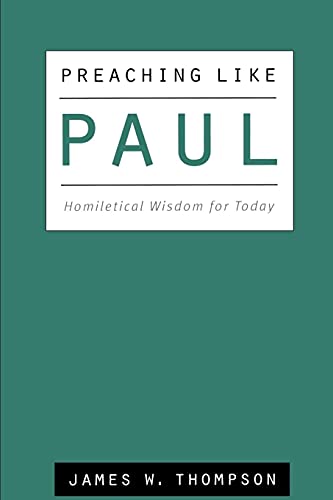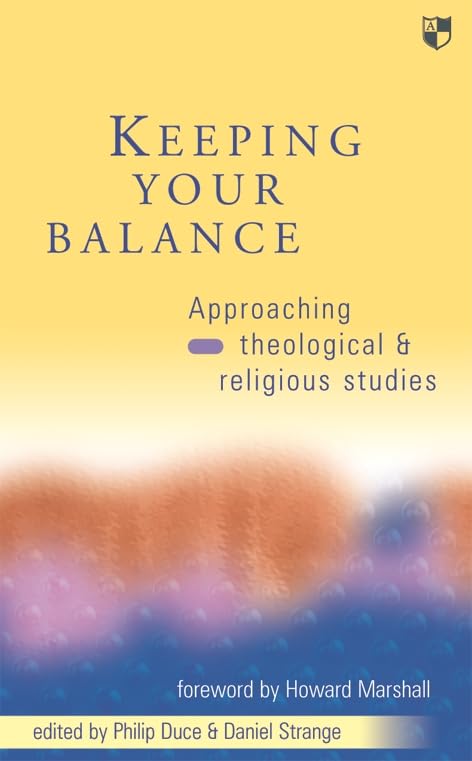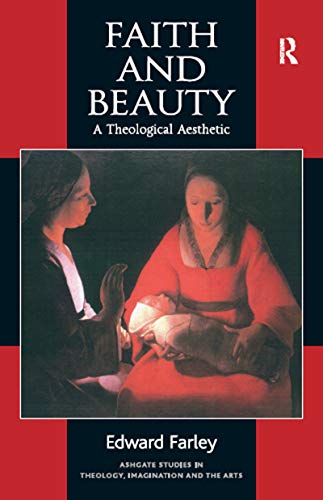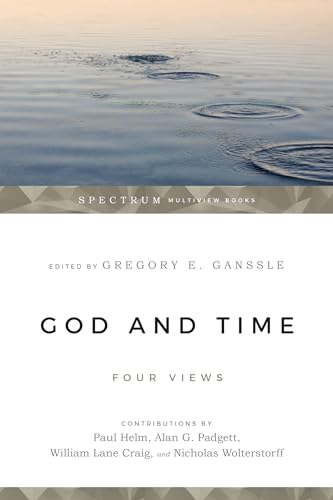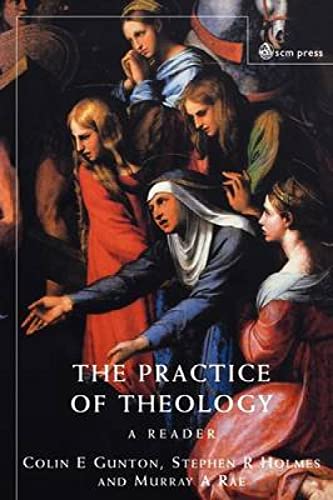THREE FACES OF SAUL. AN INTERTEXTUAL APPROACH TO BIBLICAL TRAGEDY, JSOTS 339
Written by Sarah Nicholson Reviewed By Brian KellyIn recent years 1 Samuel has lent itself to numerous Studies of its poetics or narratological features. This work (a St. Andrew’s dissertation) develops the synchronic-literary approach in an intertextual direction. This is defined as studying ‘a text’s participation in discursive space and discursive practices (22), that is, the relationships that exist between written texts. The particular novelty of this work is that the texts in question are not intra-canonical but 1 Samuel 9–28 and two works of nineteenth century literature: the largely unknown play, Saül, by the French dramatist Lamartine, and Hardy’s The Mayor of Casterbridge.
Nicholson’s overriding concern is to explore the ‘tragic vision’ of the story of Saul. This precise expression is never succinctly explained but seems to mean (in partial keeping with Greek archetypes) the rise and fall of a hero (great but flawed) in the hands of a morally ambivalent deity. This deity has set his face, rather uncomprehendingly and with little justice, against his chosen king and conspires to bring about his destruction through driving him insane. The author strives to present Saul primarily as a victim more sinned against than sinning, with the blame for his demise (along with the priests of Nob and the Israelite army on Mount Gilboa) laid squarely at the door of Yahweh.
Despite Nicholson’s claims. I am not sure that she has really advanced this line of discussion much further than has already been done in the provocative studies by David Gunn (The Fate of King Saul) or Lyle Eslinger (Into the Hands of the Living God). A more serious problem is the lack of significant interaction with Philips Long’s important monograph The Reign and Rejection of King Saul. Long argues that underlying Saul’s specific failures in 1 Samuel 13; 15 is a more basic disobedience to the word of Yahweh through the prophet and thus to the authority structure that was established at the time of his appointment as leader (cf. 1 Sam. 10:7–8; 13:14). Moreover, the numerous dissonances in the portrayal of Saul in 1 Samuel 9–11 suggest that Saul may well be ill-suited to the throne of Israel.
Most of the remainder of the book (114–250) is taken up with a discussion of the works by Lamartine and Hardy, and the ways in which they reflect or deviate (sometimes very markedly) from the narrative, characterisation and ideology of 1 Samuel. Much of this discussion is illuminating in its own right and may be useful for students of nineteenth century literature. There is also good resource material here for people interested in the more general question of how the Bible has been a generative text (surely the most productive one) for Western literary and artistic culture. However, since these are works of poetic imagination rather than exegesis, this section doesn’t help us to understand 1 Samuel any better, so it can only be of limited interest to traditional biblical studies.
The book abounds in reference to modern critical literary theory, along with free and sometimes archly knowing opinion on the work of established scholars. It may appeal to those who like a sceptical, self-confident work with ‘attitude’.
Brian Kelly
Canterbury



